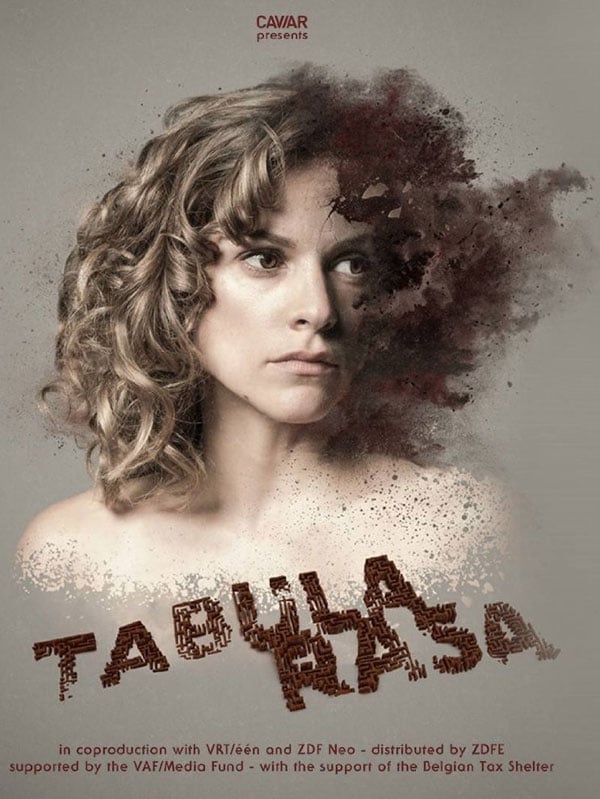
The string orchestra's phasing pattern is reflected in the solo violin parts. 6, when the pattern reverses, and again the instrument sections are phased in, displaced by a half measure, but this time beginning with the lowest instrument pair (cello and contrabass). When the cello and contrabass finish their melodic figure, the contrabass continues playing a pedal note "A," until in mm. The melodic voice plays the notes of the A minor scale, and the tintinnabuli voice plays the notes of the A minor triad. Pärt divides each pair into a melodic and tintinnabuli voice. The pairs enter from highest to lowest pitch range every half measure, beginning with the first violins. in the first "variation" on the pitch, "A." Pärt phases in each of the string instruments in pairs, violin I in two parts, violin II and viola, cello and contrabass. The string orchestra enters in pairs after the G.P. This octave highlights the large four-octave pitch range on the violin, with violin II playing A3, and violin I playing A7. The movement begins with the two solo violins playing a ff octave "A," followed by an eight beat grand pause (G.P.). The movement contains alternating moments of silence and expanding canon variations, a cadenza, and a final meno mosso. The first movement of Tabula Rasa is entitled "Ludus," which means "game" in Latin. The score indicates the notes to be prepared on the piano, and states, "Das Klavier soll nach Möglichkeit elektrisch verstärkt werden," which translates to, "The piano should be amplified if possible." Tabula Rasa is scored for two solo violins (or one solo violin and one viola), prepared piano, and string chamber orchestra (Violin I and II, Viola, Cello, Contrabass).

Tasmin Little is the soloist with Martin Roscoe (piano) and the Bournemouth Sinfonietta conducted by Richard Studt who also plays the second violin. This recording was the first of Pärt's long collaboration with Eicher and ECM.Īnother recording is on the EMI Eminence label. In 1984, ECM Records, under the direction of Manfred Eicher, released their first recording of Pärt's music, entitled "Tabula Rasa", which featured performers Gidon Kremer, Tatjana Grindenko, Keith Jarrett, Alfred Schnittke, with the Lithuanian Chamber Orchestra, conducted by Saulius Sondeckis. The second is scored for solo violin and solo viola, prepared piano, and string chamber orchestra.

The first is scored for two solo violins, prepared piano, and string chamber orchestra. Pärt released two versions of Tabula Rasa in 1977. Kremer premièred the piece in Tallinn, Estonia, on 30 September 1977, with Tatjana Grindenko, on solo second violin, Alfred Schnittke on the prepared piano, and the Tallinn Chamber Orchestra, conducted by Eri Klas. The piece is dedicated to violinist Gidon Kremer. Tabula Rasa was composed at the request of Eri Klas, a friend and conductor, who asked Pärt to write a piece to accompany Alfred Schnittke’s Concerto Grosso, which was scored for two violins, prepared piano, harpsichord, and string chamber ensemble, for an upcoming concert. Tabula Rasa is one of these earliest tintinnabuli pieces, and holds the distinction of being one of the first compositions of Pärt's to reach Western listeners outside of Estonia and the Soviet States.

Pärt emerged from this period of innovation in 1976, and composed many of his most well known works, including Fratres, Cantus in Memory of Benjamin Britten, and Summa, all written in the tintinnabuli style. In 1968, Arvo Pärt fell publicly silent and entered a period of “artistic reorientation.” During this period, he developed his tintinnabuli style of composition, which pairs two voices, one playing the notes of a scale (Melodic Voice), and the other playing notes of a triad (Tintinnabuli Voice).


 0 kommentar(er)
0 kommentar(er)
